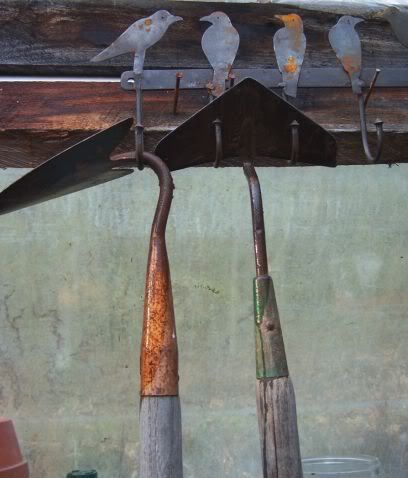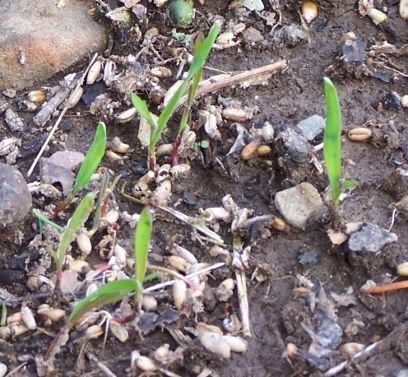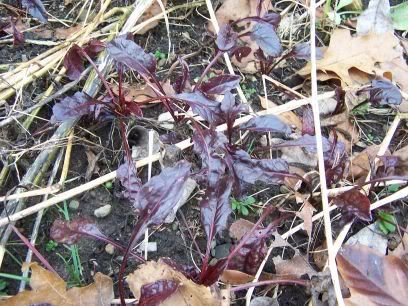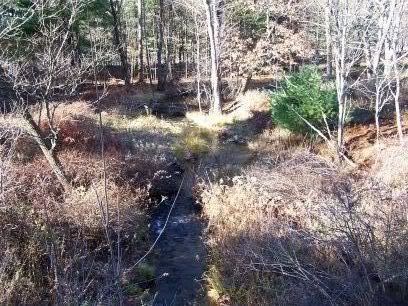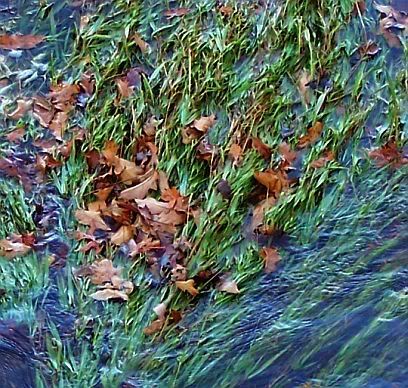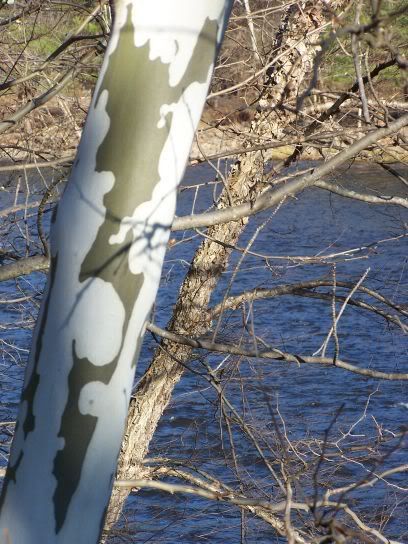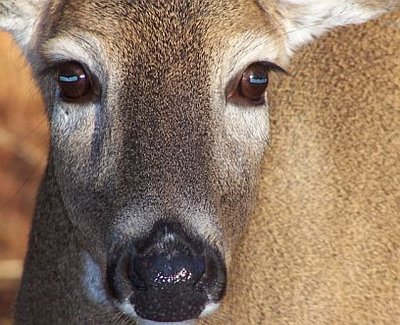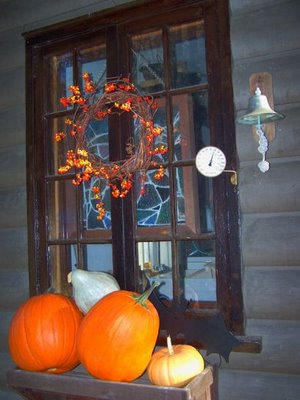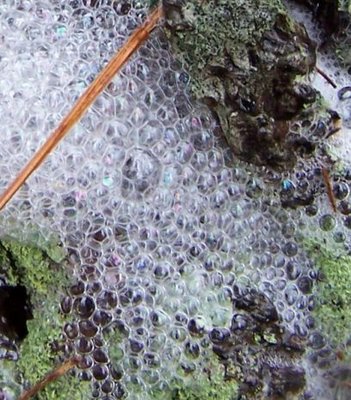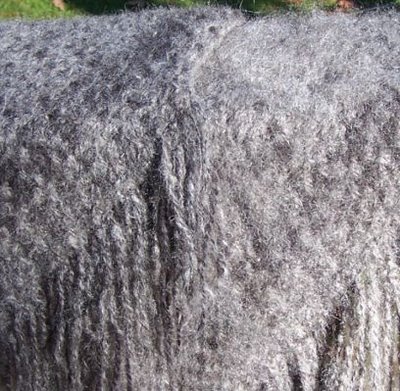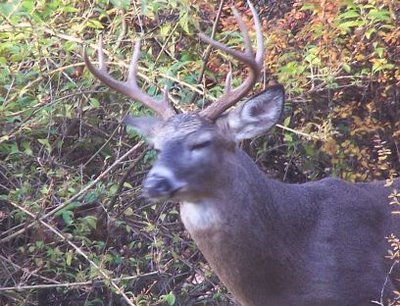
We have many voles around the riverrim. They reproduce easily, and can start when they are only one month old, and then have several litters a year. Voles typically have a litter of 6 to seven young, and the female can breed immediately after giving birth. It is a good thing that they have a short life span, and normally do not survive in the wild for more than a year.
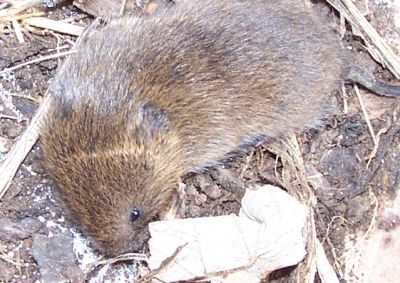
I see them frequently, and this one was in the garden. I assume that it had tunneled under the fence, and needed to be relocated. Voles can do a lot of damage to the roots and tubers of certain plants. When we had the chance, we caught it while it was wedged next to a raised bed. I say "we" because it was a joint effort between two humans and a cat.
This was not the first time we have caught a vole. Many years ago while shoveling snow, we shoveled several voles...setting them aside in a wash tub for the toddler to observe ...only to be horrified when they attacked each other. It was at that time that I discovered that voles are cannibalistic.

Voles are different from moles and shrews. Moles have prominent front feet with claws to help them dig. Shrews have more of a pointed nose.
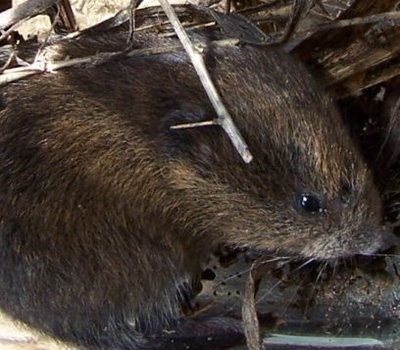
The vole, Microtus pennsylvanicus, was observed and photographed in the jar before relocating to the wooded area. We have enough predators in the way of owls, snakes, fox coyote and cat to keep the vole population in check, so that I don't have to...
